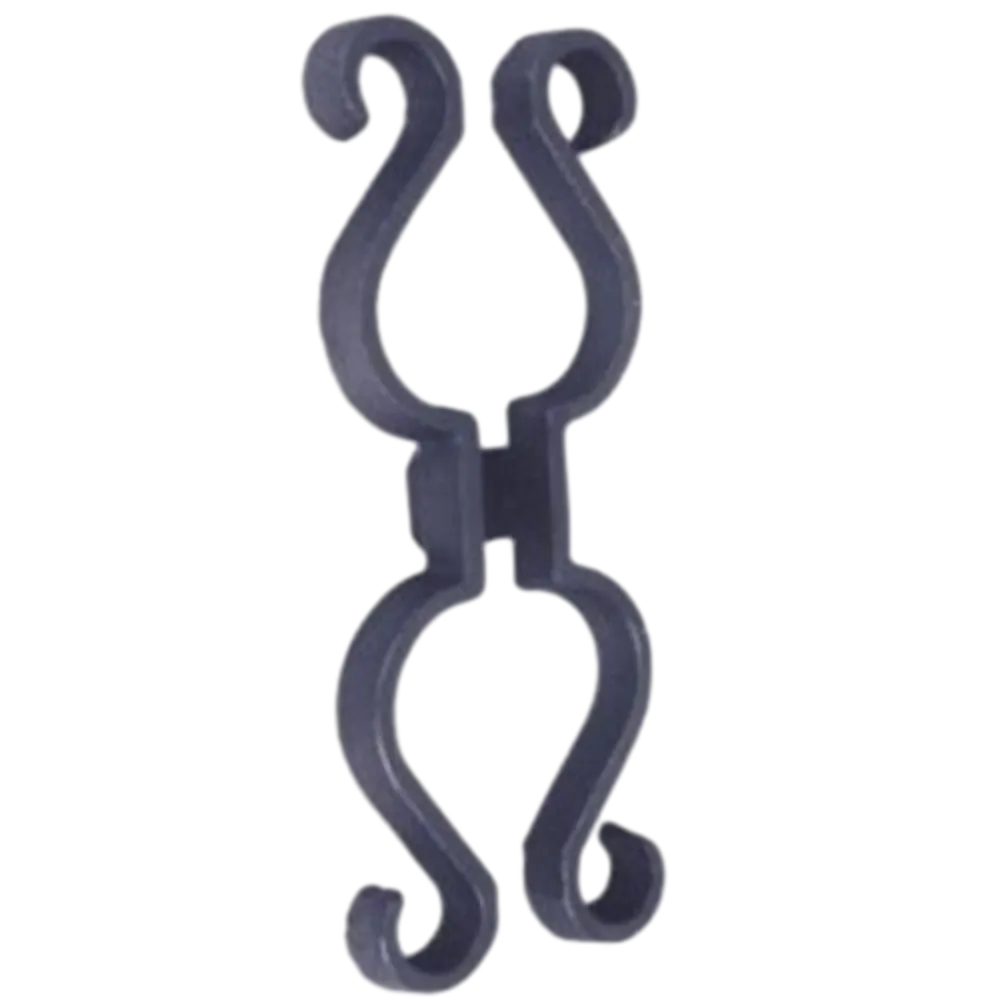decorative iron
The Art of Decorative Iron A Timeless Craft
Decorative ironwork has been a hallmark of architectural elegance for centuries. From ornate gates and wrought iron fences to intricate railings and stunning light fixtures, this craft combines durability with artistry. As a result, it has not only practical applications in homes and buildings but also plays a significant role in enhancing aesthetic appeal.
A Historical Perspective
The history of decorative iron can be traced back to ancient civilizations. Blacksmiths in medieval Europe began to experiment with techniques that allowed them to manipulate iron into beautiful shapes. They produced various decorative items, from tools to jewelry, but it was architectural ironwork that truly showcased their skills. During the Renaissance, the art of ironworking evolved considerably, incorporating elaborate designs that showcased the wealth and status of property owners. Baroque and Gothic styles flourished, featuring intricate patterns that mesmerized onlookers.
Techniques and Craftsmanship
Creating decorative iron requires a unique blend of traditional craft techniques and modern innovations. Blacksmiths and metalworkers utilize various methods, including forging, welding, and casting. The forging process involves heating metal until it's malleable, allowing artisans to shape it by hand. This method is often employed to create the iconic scrolls, spirals, and floral motifs typical of decorative iron.
On the other hand, welding has become more prominent in contemporary ironwork. It allows for the combination of multiple pieces into a single structure, creating bold designs that might otherwise be impossible through traditional methods. Additionally, powder coating and galvanization techniques provide a protective layer, ensuring that decorative iron pieces remain beautiful and resistant to corrosion for years.
Contemporary Applications
decorative iron

In today's architectural landscape, decorative iron remains a popular choice. Many homeowners and designers appreciate its versatility and timelessness. During renovations or new constructions, decorative iron elements are often included to elevate the overall design. Wrought iron gates serve as stunning entranceways that signal a warm welcome while providing security. Balconies adorned with intricate railings not only safely delineate space but also contribute to the building's character.
Moreover, interior applications of decorative iron are on the rise. Light fixtures, furniture accents, and wall art are increasingly being crafted from iron, providing a rustic charm that complements various décor styles, from traditional to modern industrial. Designers often embrace the raw aesthetic of iron, using it to create focal points that resonate with authenticity and craftsmanship.
Sustainability and Future Trends
The future of decorative ironwork is also becoming entwined with sustainability. As consumers become more eco-conscious, the demand for locally sourced and recycled materials is increasing. Many artisans are repurposing old iron items, giving them new life as decorative pieces. This not only minimizes waste but also brings historical elements into contemporary design, creating a unique blend that tells a story.
As the trend for bespoke and personalized home styles continues to grow, the future looks bright for decorative ironwork. Custom pieces tailored to individual preferences are becoming more sought after, allowing homeowners to express their unique tastes through design. This increasing demand for personalization ensures that the craft of decorative iron remains relevant in the modern age while honoring its rich legacy.
Conclusion
Decorative iron is much more than a mere material; it's a testament to centuries of craftsmanship, creativity, and artistry. Whether enhancing the exterior of a historic building or adding character to a modern home, decorative iron elements continue to captivate and inspire. As we move forward into a more sustainable future, this timeless craft will undoubtedly evolve while retaining the qualities that have made it a favorite among artisans and architects alike.
-
Wrought Iron Components: Timeless Elegance and Structural StrengthNewsJul.28,2025
-
Window Hardware Essentials: Rollers, Handles, and Locking SolutionsNewsJul.28,2025
-
Small Agricultural Processing Machines: Corn Threshers, Cassava Chippers, Grain Peelers & Chaff CuttersNewsJul.28,2025
-
Sliding Rollers: Smooth, Silent, and Built to LastNewsJul.28,2025
-
Cast Iron Stoves: Timeless Heating with Modern EfficiencyNewsJul.28,2025
-
Cast Iron Pipe and Fitting: Durable, Fire-Resistant Solutions for Plumbing and DrainageNewsJul.28,2025
-
 Wrought Iron Components: Timeless Elegance and Structural StrengthJul-28-2025Wrought Iron Components: Timeless Elegance and Structural Strength
Wrought Iron Components: Timeless Elegance and Structural StrengthJul-28-2025Wrought Iron Components: Timeless Elegance and Structural Strength -
 Window Hardware Essentials: Rollers, Handles, and Locking SolutionsJul-28-2025Window Hardware Essentials: Rollers, Handles, and Locking Solutions
Window Hardware Essentials: Rollers, Handles, and Locking SolutionsJul-28-2025Window Hardware Essentials: Rollers, Handles, and Locking Solutions -
 Small Agricultural Processing Machines: Corn Threshers, Cassava Chippers, Grain Peelers & Chaff CuttersJul-28-2025Small Agricultural Processing Machines: Corn Threshers, Cassava Chippers, Grain Peelers & Chaff Cutters
Small Agricultural Processing Machines: Corn Threshers, Cassava Chippers, Grain Peelers & Chaff CuttersJul-28-2025Small Agricultural Processing Machines: Corn Threshers, Cassava Chippers, Grain Peelers & Chaff Cutters












